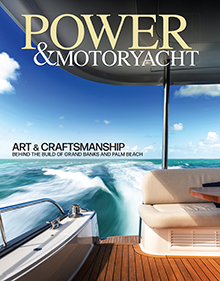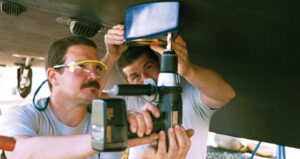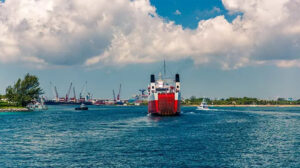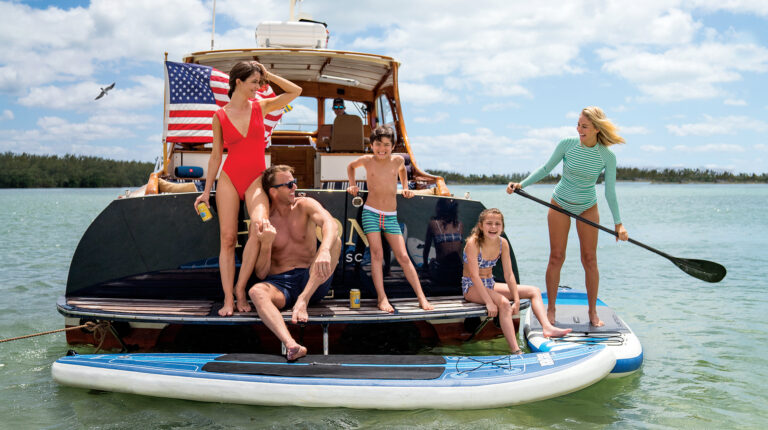
Why reinvent the wheel? Faria tapped Maptech to help create Maestro.
You can almost smell stacks of freshly stitched and pressed Civil War uniforms as you walk around Faria‘s antique brick and granite factory on the banks of the Thames River just north of New London, Connecticut. It’s not that Faria maintains a museum, but rather that much of the sturdy structure, and maybe even some of the paint, appears nearly original! Perhaps the businesses that have used the facility over all those years were just too busy applying Yankee resourcefulness to changing market conditions, much as Faria is doing today. The company’s challenge may not be as abrupt as “war over!” but the slow demise of its primary product line is in sight, and Faria, which has rolled with a number of punches in its 50-year history, has no intention of slipping away.
Perhaps you’ve noticed, as I have, that one of the features particularly intriguing to many electronics shoppers these days are those slick virtual engine-gauge screens you can pull up on many a multifunction display (MFD). Nevermind for a moment that most of those MFDs can’t yet connect to many engine models; instead, imagine how those screens would look if you ran a company that makes umpteen real marine engine gauges every year. Uh oh! In fact, Faria has been adjusting to the digital age for years; many of its current gauges—there are some 10,000 models if you count all the available colors and the various brand names they’re sold under—feature a little data LCD in addition to a traditional pin and dial. Moreover, the company’s MG2000 system includes a powerful microprocessor that’s built into a gauge-like casing and able to talk with all sorts of engine control modules (ECMs), then mix the data with other inputs to do calculations like fuel flow, and finally rebroadcast everything to a network of less-intelligent gauges.
But now Faria has decided that if the all-glass bridge concept is coming down to smaller boat helms—and it is—the company is going to be there in a big way. Which is how I came to be sitting in an 1860’s building checking out an elaborate, do-everything, touch-screen graphical user interface (GUI). Maestro earned its name because this PC-based system is intended to let its user conduct most every imaginable helm function. Picture not just full virtual engine gauges and charting with radar overlay and fishfinder, but also quad cameras, control of lights and other equipment, even e-mail and Web browsing. The Maestro project is ambitious, but there are numerous reasons to believe that Faria will pull it off.
For one thing, rather than reinventing the wheel, Faria went to Maptech for its GUI expertise. Thus Maestro looks and feels a lot like Maptech’s current fourth-generation i3 system, not to mention the Sea Ray Navigator it also produces. That’s good, as over the years Maptech has come a long way toward making fingertip navigation elegantly easy. And I say that based not just on the demo, but also some real finger-on time trying Maestro’s prototype software loaded into a touch-screen tablet computer.
This article originally appeared in the June 2007 issue of Power & Motoryacht magazine.










